|
Sigma 28-70mm f/2.8 DG DN Contemporary - Review / Test Report |
|
Lens Reviews -
Sony Alpha (Full Format)
|
Review by Klaus Schroiff, published August 2023

Introduction
Having multiple lens grades to choose from is great from a consumer perspective. Sony knows this as well and is offering no less than three of them (GM, G & consumer). However, Sony isn't alone with this, even within the E-mount ecosystem. Sigma is doing something similar with their ART, SPORTS and Contemporary lineup. Interestingly, they even offer different variations of the same lens TYPE here and there.
They've got the Sigma 24-70mm f/2.8 DG DN ART alongside the Sigma 28-70mm f/2.8 DG DN Contemporary - that's quite a unique approach to all this. And today, we'll have a look at the latter. You may think that these lenses should be quite similar, but the 28-70mm f/2.8 is indeed a very different breed in many aspects beyond just these 4mm that got missing along the way at the wide end. There is, of course, the price tag of around $800USD/850EUR - that's roughly 25% less than for the 24-70mm f/2.8 ART. However, the most significant difference is the size & weight.
The 28-70mm f/2.8 comes in at just 470g vs 830g, and it's also noticeably shorter and less "fat" in diameter. Thus you may wonder with how much quality penalty we have to deal with here. Let's see.
 In terms of build quality, you won't really know that this is a "lesser grade" lens. The lens barrel is made of high-quality TSC (Thermally Stable Composite) plastics based on a metal mount. It's an extending zoom design, so the length increases when zooming out toward the long end of the range. The zoom and aperture rings turn smoothly. There is an MF/AF switch but no zoom lock switch and no AFL button like on the ART lens. Another aspect where cost-cutting is more obvious is the dust- and splash sealing which is applied to the mount only. Nano coating on the front element is used to repel water drops and oil. A petal-shaped lens hood is provided. Like all other Sigma lenses, it's still made in Japan.
In terms of build quality, you won't really know that this is a "lesser grade" lens. The lens barrel is made of high-quality TSC (Thermally Stable Composite) plastics based on a metal mount. It's an extending zoom design, so the length increases when zooming out toward the long end of the range. The zoom and aperture rings turn smoothly. There is an MF/AF switch but no zoom lock switch and no AFL button like on the ART lens. Another aspect where cost-cutting is more obvious is the dust- and splash sealing which is applied to the mount only. Nano coating on the front element is used to repel water drops and oil. A petal-shaped lens hood is provided. Like all other Sigma lenses, it's still made in Japan.
 The Sigma 28-70mm f/2.8 DN DG Contemporary uses a stepping AF motor which is both fast and essentially silent. As usual, manual focusing works "by wire," so you are driving the AF motor when turning the focus ring. An image stabilizer has not been implemented.
The Sigma 28-70mm f/2.8 DN DG Contemporary uses a stepping AF motor which is both fast and essentially silent. As usual, manual focusing works "by wire," so you are driving the AF motor when turning the focus ring. An image stabilizer has not been implemented.
| Specifications |
|---|
| Optical construction | 16 elements in 12 groups, inc. 2x FLD, 2x SLD & 3x Aspherical elements |
| Number of aperture blades | 9 (rounded) |
| min. focus distance | 0.19-0.3m (max. magnification 1:3.3(W) – 1:4.6(T)) |
| Dimensions | φ72.2×101.5mm |
| Weight | 470g |
| Filter size | φ67mm |
| Hood | petal-shaped (bayonet mount, supplied) |
| Focus-breathing compensation | not supported |
| Other features | dust- and moisture-resistant (mount only) |
Distortion
The produced image distortions in RAW images aren't "mirrorless crazy" but more in line with the usual expectation of such a lens.
At 28mm, there is a heavy, although not excessive, barrel distortion of ~3.5%. This eases towards the middle range before increasing again to medium pincushion distortion (2%) at 70mm.
In auto-correction mode, you won't notice this, of course.
Vignetting
The RAW vignetting is high at f/2.8. A light falloff between 2.1-2.8 EV (f-stops) is easily noticeable in most scenes. Stopping down to f/4 shaves off about 1 EV, and the issue is more or less tamed from f/5.6 onward.
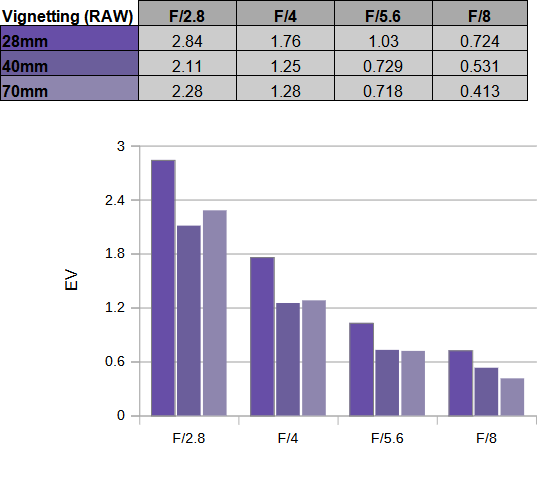 Auto-correction doesn't reduce the issue to zero, but that's a sensible approach. Vignetting correction amplifies sensor noise. The vignetting is reduced to 1.4EV at 28mm f/2.8 and just over 1EV at 70mm f/2.8. This is still visible, but usually not disturbing. If needed, stop down to f/4 and you should be fine in this respect.
Auto-correction doesn't reduce the issue to zero, but that's a sensible approach. Vignetting correction amplifies sensor noise. The vignetting is reduced to 1.4EV at 28mm f/2.8 and just over 1EV at 70mm f/2.8. This is still visible, but usually not disturbing. If needed, stop down to f/4 and you should be fine in this respect.
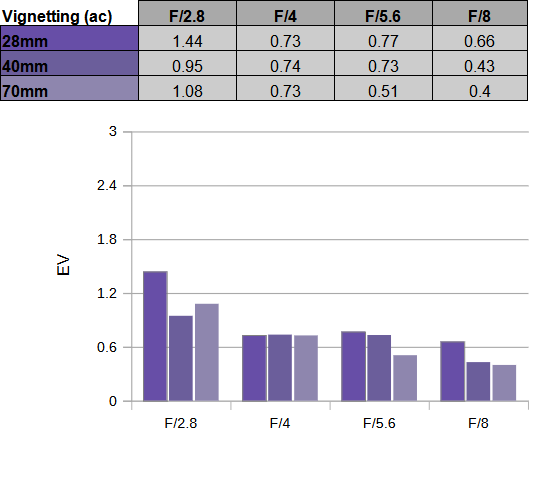
MTF (resolution at 42 megapixels)
The image resolution is decent, with a few caveats. At 28mm, the broader center quality is excellent straight from f/2.8. The border quality is good, but the corners aren't all that great. Stopping down to f/4 boosts the quality quite a bit, and it's pretty good around the f/5.6 mark, even in the outer image field. This quality pattern also applies to the middle range. However, at 70mm, there's a rather pronounced drop in resolution. The broader center is still very good, and the borders are passable, but the corner quality falls apart between f/2.8 and f/5.6. It recovers somewhat at f/8, and it's best at f/11 - which is very "late". f/16 should be avoided due to diffraction.
Please note that the MTF results are not directly comparable across the different systems!
Below is a simplified summary of the formal findings. The chart shows line widths per picture height (LW/PH) which can be taken as a measure of sharpness.
If you want to know more about the MTF50 figures, you may check out the corresponding Imatest Explanations

Chromatic Aberrations (CAs)
Lateral CAs are very well controlled with an average CA pixel width at the borders staying usually below the 1px mark. Auto-correction will help again here, of course.

Bokeh (out of focus blur)
Standard zoom lenses are among the most complex designs, and the complexity tends to show up in issues with the bokeh. That being said, the Sigma 28-70mm f/2.8 DG DN Contemporary is somewhat better than most in this lens category.
Out-of-focus highlights aren't totally clean, but the inner discs show only some mild onion rings, and there's little outlining. The circular disc shape is maintained at f/4 and even at f/5.6, which is quite unusual.
 The Sigma lens produces circular discs in the image center, but they deteriorate towards the borders. The corners show quite pronounced "cat eyes". Stopping down to f/4 broadens the "good zone," but the corner discs remain imperfect. At f/5.6, the corner discs are mostly restored.
The general out-of-focus rendering is quite good. There's just a tiny bit of nervousness both in the background (shown to the left below) as well as the foreground (to the right).
The Sigma lens produces circular discs in the image center, but they deteriorate towards the borders. The corners show quite pronounced "cat eyes". Stopping down to f/4 broadens the "good zone," but the corner discs remain imperfect. At f/5.6, the corner discs are mostly restored.
The general out-of-focus rendering is quite good. There's just a tiny bit of nervousness both in the background (shown to the left below) as well as the foreground (to the right).

Bokeh Fringing / LoCA
Boheh fringing (also called LoCA) is an axial color fringing effect with purplish halos in front of the focus point and greenish beyond.
The Sigma lens produced very strong fringing at f/2.8, and it's still quite obvious at f/4. It's mostly gone from f/5.6 onward.
Sun Stars (Experimental)
Below is s sequence of 100% cropped images from 28mm f/2.8 all the way up to f/16 - illustrating the sun star behavior. Sun stars are an aperture effect that shows up if a bright light source is part of the scene (usually in night shots) - here, formally illustrated using an LED. The Sigma lens has 9 very rounded aperture blades. This has advantages regarding the out-of-focus highlights, as mentioned in the previous chapter, but this also means that sun stars won't show up until you stopped down quite a bit. Sun stars are non-existent to underdeveloped from f/2.8 to f/8. They are only getting somewhat visible at f/11 and are good at f/16.
Flare
All lenses struggle to a certain degree when shooting directly into a strong light source, and it's difficult to quantify this in numbers. Below is a rather extreme example of shooting directly into the sun (and yes, normally, you won't take such a shot in the first place). However, the Sigma lens manages this situation quite well. The contrast level remains quite decent (for such an extreme scenario), and there is much ghosting.

Sample Images
Click on an image to download the full-size variant.
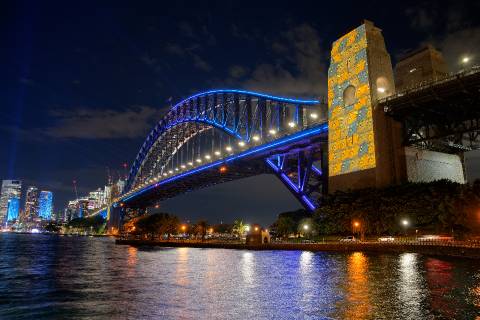 |
| Make | SONY |
| Model | ILCE-7RM5 |
| ISO Speed | 640 |
| Focal Length | 28.0mm |
| Aperture: | f/5.6 |
| Exposure | 1.3s |
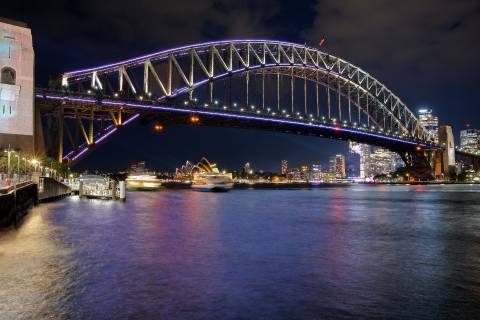 |
| Make | SONY |
| Model | ILCE-7RM5 |
| ISO Speed | 640 |
| Focal Length | 28.0mm |
| Aperture: | f/11.0 |
| Exposure | 5.0s |
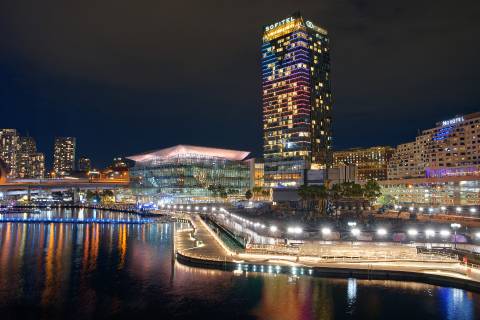 |
| Make | SONY |
| Model | ILCE-7RM5 |
| ISO Speed | 160 |
| Focal Length | 28.0mm |
| Aperture: | f/11.0 |
| Exposure | 8.0s |
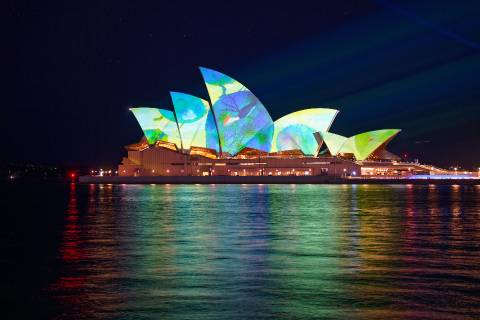 |
| Make | SONY |
| Model | ILCE-7RM5 |
| ISO Speed | 200 |
| Focal Length | 54.0mm |
| Aperture: | f/2.8 |
| Exposure | 0.8s |
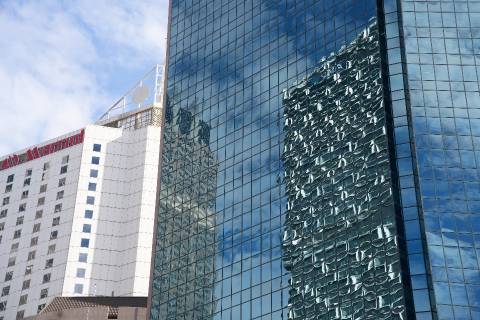 |
| Make | SONY |
| Model | ILCE-7RM5 |
| ISO Speed | 200 |
| Focal Length | 70.0mm |
| Aperture: | f/5.6 |
| Exposure | 1/400s |
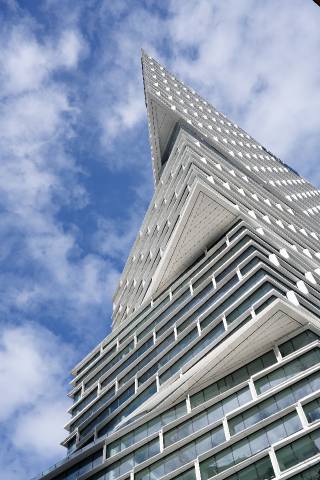 |
| Make | SONY |
| Model | ILCE-7RM5 |
| ISO Speed | 200 |
| Focal Length | 46.5mm |
| Aperture: | f/5.6 |
| Exposure | 1/1250s |
 |
| Make | SONY |
| Model | ILCE-7RM5 |
| ISO Speed | 200 |
| Focal Length | 67.4mm |
| Aperture: | f/2.8 |
| Exposure | 1/3200s |
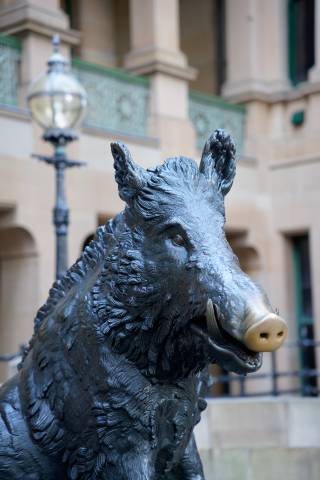 |
| Make | SONY |
| Model | ILCE-7RM5 |
| ISO Speed | 200 |
| Focal Length | 66.7mm |
| Aperture: | f/2.8 |
| Exposure | 1/60s |
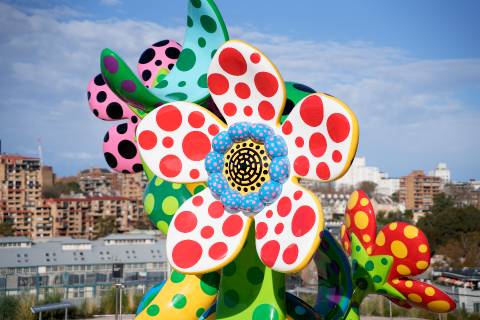 |
| Make | SONY |
| Model | ILCE-7RM5 |
| ISO Speed | 200 |
| Focal Length | 70.0mm |
| Aperture: | f/2.8 |
| Exposure | 1/8000s |
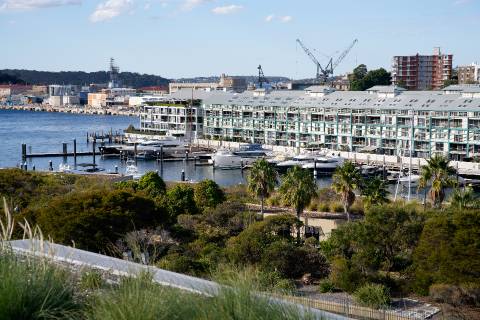 |
| Make | SONY |
| Model | ILCE-7RM5 |
| ISO Speed | 200 |
| Focal Length | 70.0mm |
| Aperture: | f/8.0 |
| Exposure | 1/500s |
 |
| Make | SONY |
| Model | ILCE-7RM5 |
| ISO Speed | 640 |
| Focal Length | 70.0mm |
| Aperture: | f/2.8 |
| Exposure | 1/4000s |
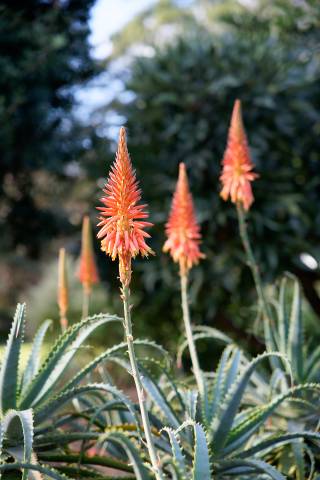 |
| Make | SONY |
| Model | ILCE-7RM5 |
| ISO Speed | 200 |
| Focal Length | 67.4mm |
| Aperture: | f/2.8 |
| Exposure | 1/320s |
 |
| Make | SONY |
| Model | ILCE-7RM5 |
| ISO Speed | 200 |
| Focal Length | 70.0mm |
| Aperture: | f/2.8 |
| Exposure | 1/320s |
 |
| Make | SONY |
| Model | ILCE-7RM5 |
| ISO Speed | 200 |
| Focal Length | 70.0mm |
| Aperture: | f/2.8 |
| Exposure | 1/125s |
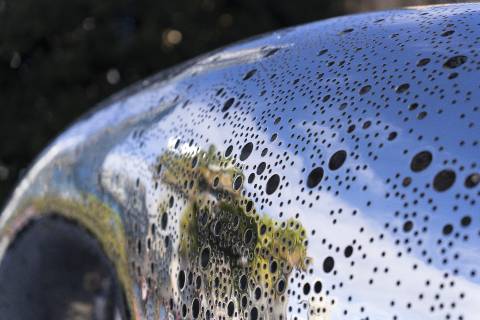 |
| Make | SONY |
| Model | ILCE-7RM5 |
| ISO Speed | 200 |
| Focal Length | 70.0mm |
| Aperture: | f/2.8 |
| Exposure | 1/1600s |
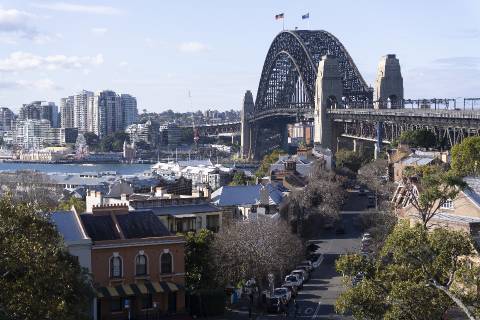 |
| Make | SONY |
| Model | ILCE-7RM5 |
| ISO Speed | 200 |
| Focal Length | 70.0mm |
| Aperture: | f/2.8 |
| Exposure | 1/2500s |
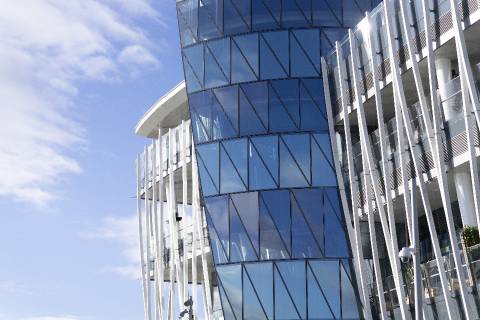 |
| Make | SONY |
| Model | ILCE-7RM5 |
| ISO Speed | 200 |
| Focal Length | 70.0mm |
| Aperture: | f/2.8 |
| Exposure | 1/5000s |
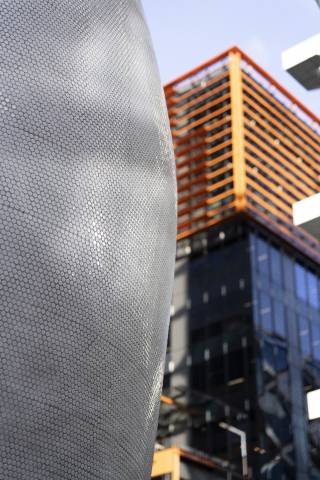 |
| Make | SONY |
| Model | ILCE-7RM5 |
| ISO Speed | 200 |
| Focal Length | 70.0mm |
| Aperture: | f/2.8 |
| Exposure | 1/1250s |
Competition
The Sigma 28-70mm f/2.8 DG DN Contemporary - shown to the left below (w/hood0 - has 2 main (price-)competitors, the Tamron 28-75mm f/2.8 Di III VXD G2 (center) and the Samyang AF 24-70mm f/2.8 FE (to the right).
The Tamron delivers slightly better results overall, although it also has a bit of a weak spot at the long end. However, it's quite a bit bigger already. The Samyang lens is quite a brick. While it does offer the attractive 24mm setting, it is generally worse than both the Sigma and Tamron. A review of the Samyang will follow soon.
 Visual comparison courtesy of camerasize.com.
Visual comparison courtesy of camerasize.com.
Verdict
Overall, the Sigma 28-70mm f/2.8 DG DN Contemporary lens is a fine package with a few caveats. It shares a few weak spots with its bigger brother, the Sigma 24-70mm f/2.8 DG DN ART - namely, some corner issues at f/2.8. The broader center quality is generally great, and if you stop down a little, the outer image field is also pretty sharp in the wide- to mid-range. The situation is more difficult at 70mm, where you have to stop down to at least f/8 for decent results across the image field. For most users, the 70mm setting will be primarily about shallow depth-of-field photography, and for this, the weakness isn't a showstopper. However, for landscape or architecture photography, this is less ideal. Uncorrected RAW images show heavy vignetting at f/2.8 and quite pronounced distortions at the extreme ends of the range. Auto-correction will take care of this as well as the already low lateral CAs. The quality of the bokeh is generally good, especially for a zoom lens. The lens isn't a sun star lover, which seems to be typical for most Sigmas. This is also a design choice between better out-of-focus discs or better sun stars.
We have been a fan of Sigma build quality ever since they started with their ART/SPORT/Contemporary lineups. Sigma's TSC plastics feel both solid as well as nicely textured, the overall build tolerances are very tight, and the control rings operate smoothly. And all this applies to the Sigma 28-70mm f/2.8 DG DN Contemporary as well. Maybe its biggest value proposition is the very compact size and low weight. In this respect, it undercuts all other lenses in this class by quite a margin. While the lens has some basic weather sealing at the mount, it's not as well sealed against the elements as professional-grade lenses.
As you may conclude, it depends on a couple of factors whether the Sigma 28-70mm f/2.8 DG DN Contemporary is the right lens for you. If you are looking for a fast, reasonably priced and very compact standard zoom for street photography or family events, the Sigma will tick a lot of boxes. It doesn't deliver the ultimate in image quality, but if that's your goal, you'll have to invest quite a bit more.
Optical Quality (42 megapixel):
★★★★★
Mechanical Quality:
★★★★★
What does this mean ?
|
|